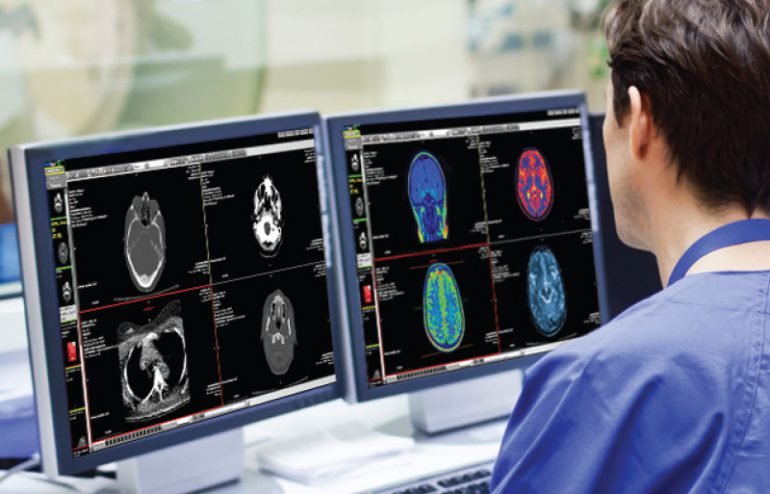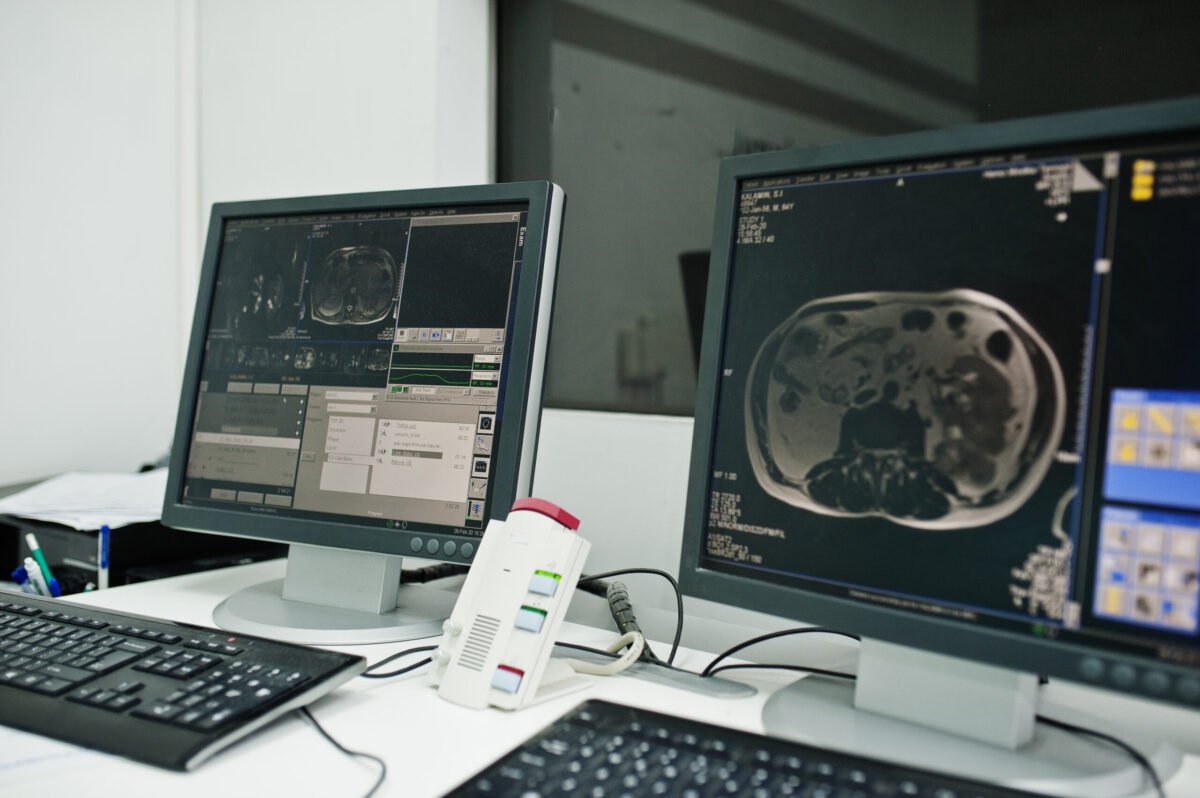RIS imaging software is a critical technology for managing the flow of radiology imaging orders, procedures, and results.
This comprehensive guide covers RIS capabilities, benefits, top vendors, implementation considerations, and the evolution of these systems.
What is RIS Imaging Software?
A radiology information system (RIS) is software that manages key workflows for radiology departments, including:
- Imaging order entry
- Exam scheduling
- Tracking of patient workflow
- Billing and charge capture
- Management of reports and results
In short, an RIS manages information related to the care process rather than the images themselves. It facilitates administrative, financial, and clinical workflows that are essential for optimizing radiology operations.
Key capabilities of RIS software:
- Physician order entry and exam pre-authorization
- Patient scheduling and resource management
- Technologist worklists and protocoling
- Billing, coding, and charge reconciliation
- Image and report archiving
- Results distribution and follow-up tracking
Benefits of implementing an RIS:
- Increased productivity and workflow efficiency
- Reduced errors and repeat exams
- Improved charge capture and revenue cycle management
- Enhanced referral management and analytics
Leading RIS Imaging Software Vendors
The RIS market includes both standalone systems and RIS modules integrated into PACS vendors:
- GE Healthcare – Centricity RIS
- Philips – IntelliSpace RIS
- Sectra – Sectra PACS (integrated)
- FujiFilm – Synapse RIS
- Infinitt – Infinitt RIS
- DR Systems – IMAGEnet RIS
- RamSoft – PowerServer RIS
- Cerner – RadNet RIS
- MedInformatix – RIS
- Epic – Radiant RIS
These solutions differentiate themselves based on workflow breadth, analytics, third-party integrations, and ability to scale across enterprises. Cloud-based systems are also becoming more prevalent.
Core RIS Software Components
RIS solutions comprise integrated modules:
Order entry – Physicians enter imaging orders which feed the broader workflow
Scheduling – Patients booked for optimal resource utilization
Protocoling – Standardized imaging protocols improve consistency
Billing – Billing and codes interfaced with financial systems
Report generation – Structured reporting templates
Results distribution – Routing of reports to the care team
Image management – Tools for annotating and editing images
Dashboards – Real-time analytics on operational metrics
Interfaces – HL7, DICOM, REST APIs for third-party systems

RIS Clinical Workflow Benefits
RIS software aims to optimize these key workflows:
Order entry → Scheduling → Registration → Imaging acquisition → Interpretation → Reporting → Distribution
Benefits include:
- Improved clinician order entry and pre-authorization
- Optimized exam scheduling and resource planning
- Structured data for billing and analytics
- Reduced errors and redundancies
- Enhanced report turnaround times
- Better care coordination and follow-up
Implementing an Enterprise RIS
Key steps for implementing an enterprise RIS:
- Establish project team and executive sponsorship
- Set goals focused on workflow efficiency, analytics, care quality
- Document current workflows and pain points
- Evaluate RIS solutions and vendors
- Develop RFP and select RIS technology
- Create a validation plan and test environment.
- Design deployment strategy (big bang vs phased rollout)
- Integrate RIS with HIS, PACS, EMR, modalities, and billing systems
- Develop a training program for users.
- Migrate legacy data
- Optimize the system after going live with feedback
Ongoing management of an enterprise RIS requires administration, troubleshooting, interfaces, upgrades, analytics, and optimization.
The Evolution of RIS Software
Some key trends in RIS software:
- RIS-PACS convergence – RIS and PACS capabilities are being merged into unified solutions
- Cloud hosting – Web-based RIS delivered via SaaS model
- Patient self-scheduling – Portal for patients to book imaging appointments
- Enhanced business analytics – Real-time dashboards of operational and financial KPIs
- Machine learning – AI for optimized scheduling, protocoling, resource allocation
- Mobile access – Tablet solutions for point-of-care imaging orders and follow-up
- Voice recognition – Speech input for physician order entry
As imaging volumes grow and radiology practices scale, RIS systems will remain pivotal for optimizing workflows, enhancing coordination, and improving the quality and efficiency of imaging services.


